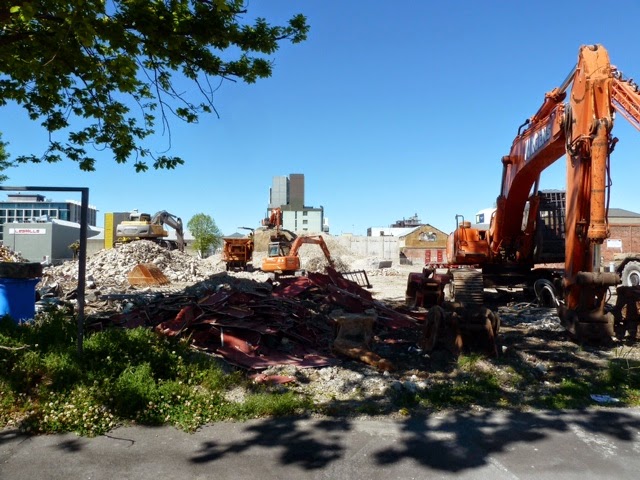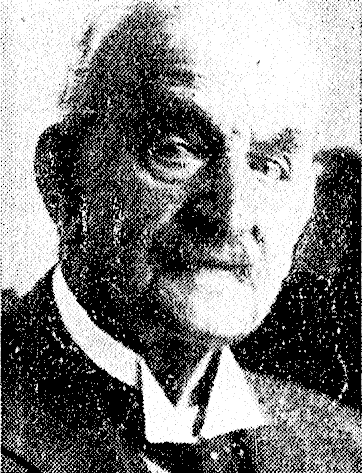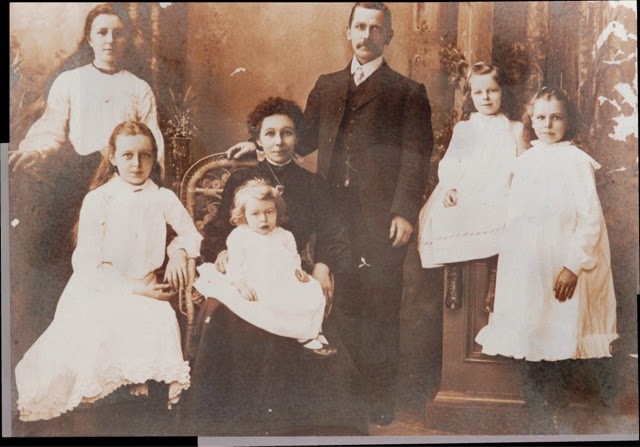This week's photo suggestion is of a busy harbour with a couple of large ships in port and no doubt lots of sea-faring activity going on all around them.
When my aunt Patricia Morrison passed away in 2011, she left behind a wealth of old photographs, family letters and other historical papers, but there was also a sizeable packet of old postcards which has recently been passed on to me. There are a a few that she received from friends with brief messages in the back, but most of them are new, ie. not written upon or posted, and I think my aunt must have primarily collected them on her travels in the late 1940s, before she commenced studying for her MA at Oxford, and perhaps also on excursions while she was in England. Amongst the cards are lots of lake and harbour views of European cities such as Oslo, Geneve, Stockhom and Antwerp for example, but this week I thought I might concentrate on Sydney, which my aunt must have visited as a young woman, perhaps on her way from her home in Christchurch NZ to her studies in England in the late 1940s. I've scanned below what might be called a pictorial aerogramme, that folds up neatly to a small letter size, but when opened out has photographs of Sydney on both sides. The first two photographs together make up one page, with the third photograph being of the reverse side, with space for letter-writing in the centre. Somehow these sepia views of Sydney Harbour, Circular Quay and Manly beach for example don't look particularly enticing, at least compared with the colourful scenes depicted in today's photographs. I suppose people just had to try to imagine how the scenes would look in 'real life', and if such an aerogramme was sent to them and included a letter from friends of relatives extolling the virtues of Sydney and telling them what a lovely place it was to live, they might even be inspired to either visit or even emigrate, so that they could see the sights with their own eyes. Sadly these days our government is not so welcoming as it was back then, if would-be migrants don't arrive through the right channels. As I've mentioned here previously, I very strongly disagree with their policies and their cruel treatment of asylum seekers.
Here are the little paragraphs of information in the bottom corners of the front page above. Sydney's current population now approaches five million. Interesting that it was described as the fourth city of the Empire. I don't know what the other three cities might have been.
The following three views come from a fold-out set of photographs that could also be posted, entitled Scenic Sydney, together with other beach and city views, but two at least are the same as on the aerogramme above.
An enlargement of the bottom photograph in the aerogramme, viewed from across the harbour, above Milson's Point. What's missing here is the Opera House, which wasn't completed until 1973.
Another little card that probably came out of a separate photo set, again viewed from the North.
http://www.aliveinaustralia.com/298/manly-beach/
Here is Manly Beach sparkling on one side, Manly Wharf on the other, with Sydney Harbour spread out in the background. Ferries bring passengers from Circular Quay in the city centre across the harbour to Manly,which used to be advertised as being 'seven miles from Sydney and 1000 miles from care'. The first time I visited Sydney as a child on a family trip from Canberra in the 1960s, I bought myself a little souvenir badge in the shape of a boomerang with the word Manly on it, but then was afraid to wear it, just in case anyone possibly joked that I was somehow manly myself!
We moved to Sydney on 1980 when our eldest child was two months old, and lived in a little semi-detached house in Rose Bay for a couple of years. No view from our house, but if we climbed up to the top of our street we could enjoy a great view of Sydney Harbour, the city and the bridge, as shown here In this photo of my husband with our daughter in the pram. She may not have been quite up to admiring the view at that stage!
To finish, here is just one more pictorial view from my aunt's collection, this time of Falmouth in Cornwall. It's not an aerial view, but it is clearly a working harbour, and I like the inclusion of a sailor and his friends in the foreground. I wonder where he was sailing off to next?
For more scenic views, just strap on your wings and fly across to Sepia Saturday #264


































.JPG)





